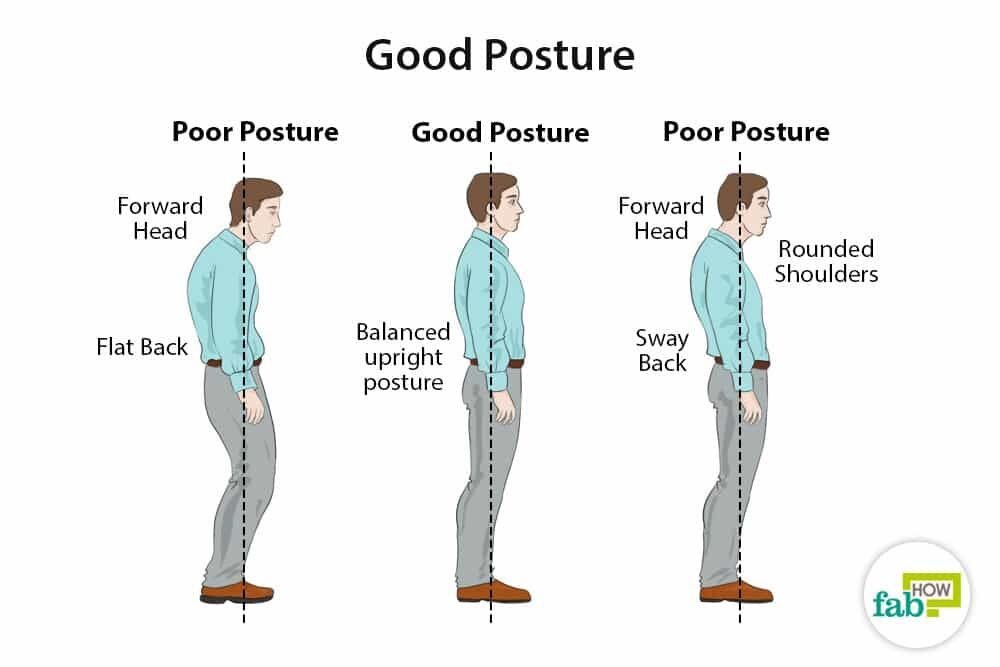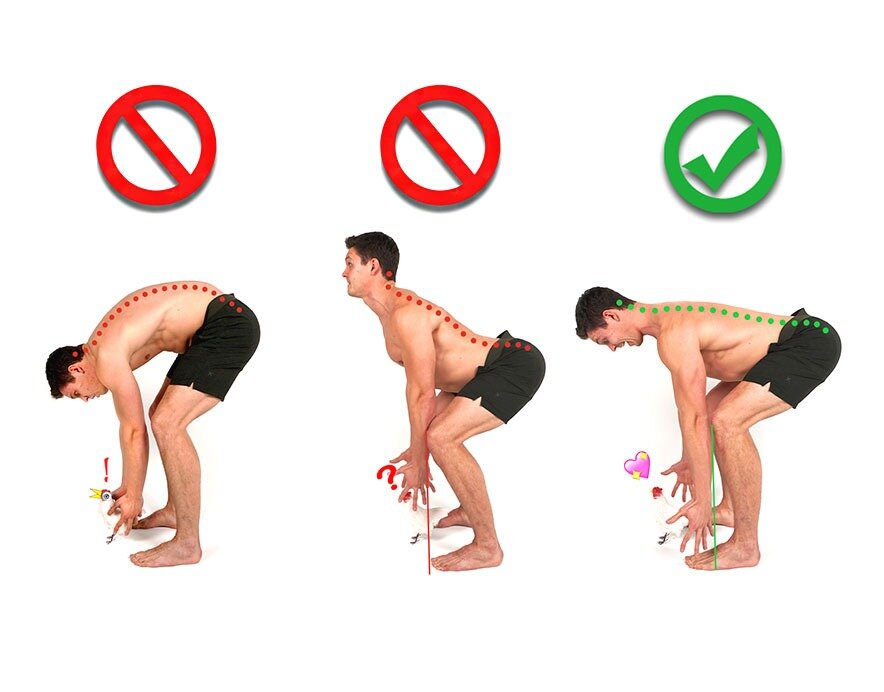Spine Health is Wealth
In my personal experience, it has become overwhelmingly apparent that nothing is more important than having healthy and functional joints, especially in the spine.
From fracturing my spine to nerve damage to scoliosis, you can bet that spine health and rehabilitation has been at the top of my priority list (read more about my story here).
In this article, I want to help shed some insight on not only why the spine is so important, but how to help improve your spine health, posture, and longevity.
What is the Spine?
The spine is composed of vertically stacked vertebrae that encapsulate our central nervous system, or our spinal cord.
Our spine is the structural support system in our body that connects our bones and tissues together to allow us to bend, twist, and move in different directions.
Being that the spine holds our spinal cord, the spine allows us to transmit feedback from our environment to the brain, and from the brain to our limbs.
Looking at the spine from a functional perspective, the spine acts as a shock absorber in our body and also acts as a pillar for support.
How Does the Spine Function?
Although the spine is commonly overlooked in fitness, it is an essential component to wellness and functional strength. Learning how to create strong, limber, and durable bodies will add benefits ranging from reduced pain, injury prevention, better range of motion, and even increased performance.
There are four main functional ranges of motion in the spine:
Flexion (rounding)
Extension (arching)
Lateral Flexion (bending sideways)
Spinal Rotation (twisting)
The fifth functional range of motion, typically used in physical therapy, is lateral gliding, where the vertebrae glide over each other laterally without going into flexion.
Being able to access all of these ranges of motion is essential for everyday activities like picking up heavy objects, tying shoes, carrying groceries, sitting, and even reaching to pick up a piece of paper.
It never ceases to astonish me how many stories I hear of people getting injured reaching for a stapler on their desks or simply picking up a child.
Studies show that 80% of adults will experience low back pain at some point in their lives. Back pain is a leading cause of disability and is shown to cause more disability than any other condition across the world.
Simply learning how to improve the function and movement of the spine can greatly decrease the likeliness of injuring the spine.
It is also important to note that the spine is essentially a pillar that connects our body together, therefore having an issue in the spine can affect other areas of the body, such as the hips and shoulders.
For example, if we have poor posture from having a limited range of motion in our mid-back (or thoracic spine), this compromised structure begins to impact the positioning and range of motion of the shoulders as well. Potentially, having an issue in the spine can affect other joints and structures in the body.
The Anatomical Structure of the Spine
The human back is composed of 3 different sections:
Cervical (neck)
Thoracic (mid-back)
Lumbar (low-back)
By the time we reach adulthood, there are 26 bones in the spine, with 2 additional bones at the bottom that fuse together, the sacrum (connecting the spine to the hips) and the coccyx (also known as the tailbone). The spine should also have a natural curve when looking at it from the side.
The spinal cord is part of the central nervous system that supplies nerves and receives information from the peripheral nervous system within the body.
In between each vertebrae sits a disc made of fibrous cartilage that allows slight movement, as well as acting as a ligament to hold the spine together, and to absorb shock.
In the image below, there is an illustration of a nerve root, which is a nerve from the spinal cord that runs outward towards the limbs. When these nerves become compressed or impinged, they can affect other tissues and joints as previously mentioned.
Understanding the intricacy of the spine has allowed me to bring more awareness to my training so that I can improve the functional ranges of motion of my spine, and increase my nerve and tissue health.
Common Spine Issues
As mentioned in the beginning, I am very familiar with back issues ranging from nerve damage to a fracture to having scoliosis from a young age.
This is not an exhaustive list, but here are some of the most common spinal issues:
Scoliosis
Lordosis
Disk Herniation
Whiplash
Scoliosis- an S-shaped curve in the spine, as noted in the image above, there are several
Lordosis- also known as “swayback” is characterized as excessive curvature in the lumbar spine, which can lead to muscle tightness and imbalances, even herniated or slipped disks.
Herniated disk - is the result of a tear in one of the discs, which lets some of the soft gel-like material bulges out in a hernia, potentially causing nerve pain.
Whiplash- trauma caused by external force. Causes stiffness and tightness in our cervical spine and limits the range of motion. Can cause headache & dizziness. If left untreated it can eventually lead to long-term loss of range of motion.
How to Keep a Healthy Spine
Work on Mobility AND Stability
The best way to maintain a healthy spine is by working on the mobility AND stability of your spine. Mobility simply means strengthening a given range of motion and stability means the ability of the spine to keep its structure while under different types of load.
This is important when it comes to spinal health because both weakness and stiffness can cause different issues.
The easiest way to incorporate various mobility exercises into your workout routine by using them as a warm-up and cool down.
It’s also extremely important to be aware of your spine's position and your posture in each and every movement you do, the smallest tweaks can make a world of difference.
2. Learn How to Find a Neutral Spine
Understanding how to find your body's “neutral spine” is something that will take time and practice if you have just begun to dive into spinal awareness and integrity.
In layman's terms, having a neutral spine is being able to hold a stable postural position where you were neither in extension or flexion, with all of the joints of the spine vertically stacked.
To take my “neutral spine” to the next level, I like to imagine that I am being pulled by a string from the very top of my head, getting as tall as I can.
Start Moving: Mobility and Strengthening Exercise
Flexion and Extension
Starting off with some quadruped cat-cows is a simple way to start adding in some dynamic movement for the spine
Focus on keeping the abs engaged and holding each end range for a few seconds
Try to feel each segment of the spine going through both ranges of motion
Repeat for 1 minute focusing on your breath
2. Lateral Reach
From a standing position, bend laterally and pull your arms apart in opposing directions
Maintain a long spine and minimize any rotation or twisting
Alternate sides for 30 to 60 seconds
3. Banded Wood Chops
From a half-kneeling or standing position, grab onto the band with both hands and engage your core
With straight arms, pull the hand across your body diagonally
Repeat for 10-20 reps for 3 rounds
To learn how to start adding in more functional joint exercises to improve your mobility, posture, and body awareness join my Bodyweight Fundamentals Course, available in Basic and Premium packages.










